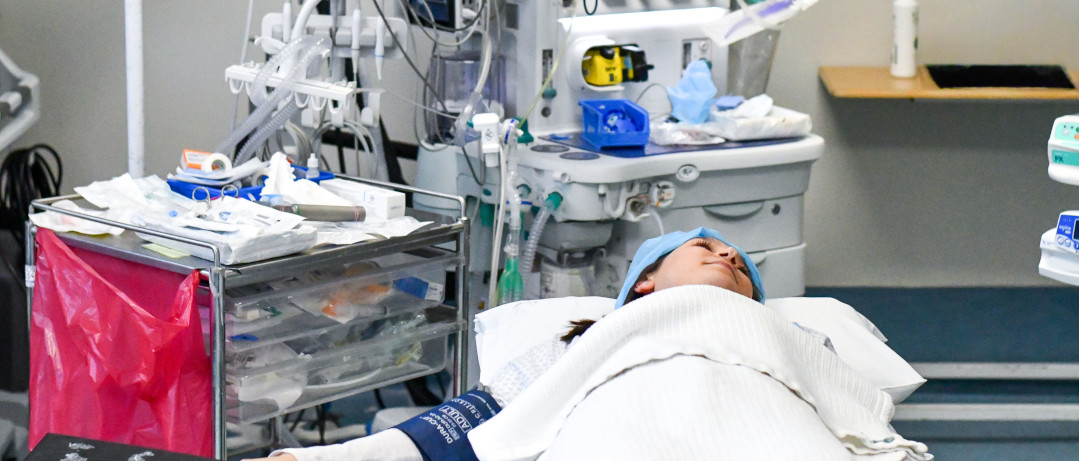Meet The Team
Brachial Plexus Block
This page explains what a brachial plexus block ia is, how it works and when you may need it. It explains the benefits and risks.
What is a Brachial Plexus Block?
A brachial plexus block is a type of regional anaesthesia where a local anaesthetic is injected near the brachial plexus—a network of nerves that controls sensation and movement in the shoulder, arm, and hand. This procedure temporarily blocks nerve signals to provide pain relief or anaesthesia for surgical or medical procedures involving the upper limb.
What is it Used For?
A brachial plexus block is commonly used for:
Surgical procedures
Such as shoulder, arm, elbow, forearm, or hand surgeries.
Postoperative pain relief
To control pain after upper limb surgeries.
Chronic pain management
For certain nerve-related pain conditions in the upper limb.
Trauma care
To provide pain relief in emergency situations involving fractures or injuries to the arm.
What are the Benefits?
Targeted anaesthesia
Provides focused pain relief to the upper limb without affecting the rest of the body.
Reduced need for general anaesthesia
May help avoid side effects such as nausea, vomiting, or prolonged drowsiness.
Better postoperative pain control
Reduces reliance on opioid pain medications.
Improved recovery
Faster mobilisation of the arm and hand after surgery.
Long-lasting effect
Depending on the medication used, pain relief may last for hours or even days.
Common Questions
What is the Process?
- Preparation: You may be asked to fast for a few hours before the procedure. Your doctor will review your medical history and discuss the risks and benefits with you.
- Positioning: You will be positioned comfortably, depending on the approach used (e.g., lying on your back or sitting upright).
- Ultrasound or nerve stimulator guidance: The anaesthetist will use ultrasound imaging or a nerve stimulator to locate the brachial plexus.
- Local anaesthetic injection: A small needle is inserted near the nerves, and local anaesthetic is injected to block sensation. You may feel slight pressure during this step.
- Monitoring: Your vital signs and the effectiveness of the block will be closely monitored throughout the procedure.
The effects of the block typically begin within 10-30 minutes and can last for several hours to a day.
What are the Contraindications?
A brachial plexus block may not be suitable if you:
- Have a known allergy to local anaesthetics.
- Have an infection near the injection site.
- Have a bleeding disorder or are taking blood-thinning medications.
- Have certain nerve conditions, such as pre-existing nerve damage.
- Are unable to cooperate during the procedure (e.g., due to severe anxiety).
- Have significant medical instability or certain heart or lung conditions.
Possible Complications and Risks
While brachial plexus blocks are generally safe, there are some risks and complications, including:
- Temporary numbness or weakness: Normal and expected but may last longer than anticipated in rare cases.
- Infection: At the injection site (rare).
- Bleeding or bruising: Especially if you have clotting issues or are on blood-thinners.
- Nerve injury: Rare but may result in temporary or, in very rare cases, permanent nerve damage.
- Pneumothorax (collapsed lung): Rare but possible, depending on the approach used.
- Systemic effects: If the anaesthetic is accidentally injected into a blood vessel, it can cause symptoms like dizziness, seizures, or ringing in the ears.
- Inadequate block: In some cases, the block may not completely relieve pain or provide anaesthesia.
Aftercare
- Mobility and sensation: The affected arm and hand will feel numb and weak until the block wears off. Avoid putting weight on the arm or engaging in activities that require full sensation.
- Pain management: As the block wears off, you may be given oral pain medications to maintain comfort.
- Monitoring for complications: Watch for signs of infection (redness, swelling, or fever), persistent numbness, or any other unusual symptoms.
- Contact your doctor: If you experience severe pain, prolonged numbness, or signs of a serious complication.

